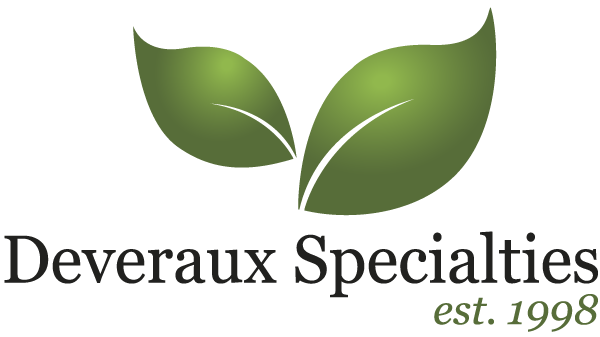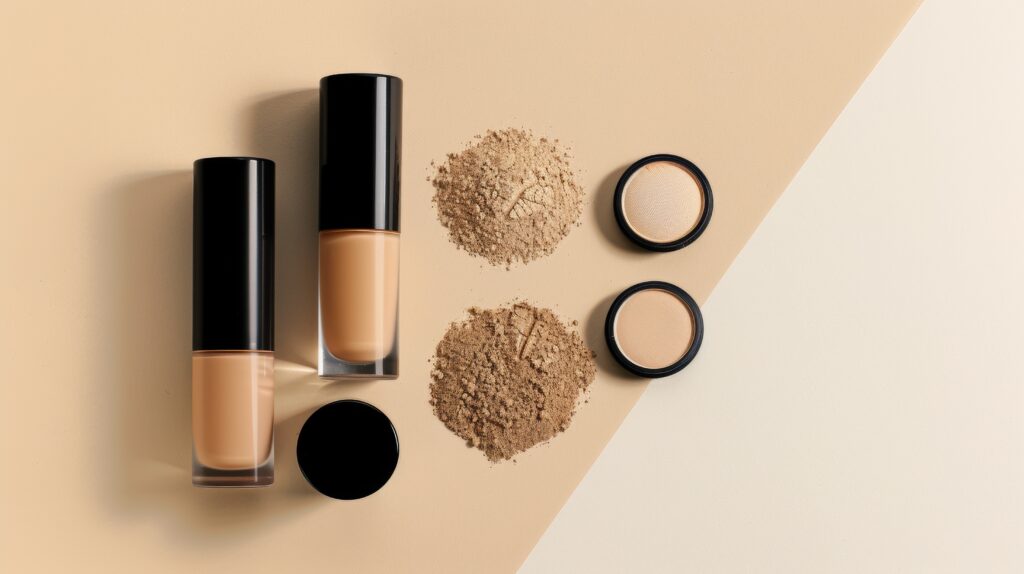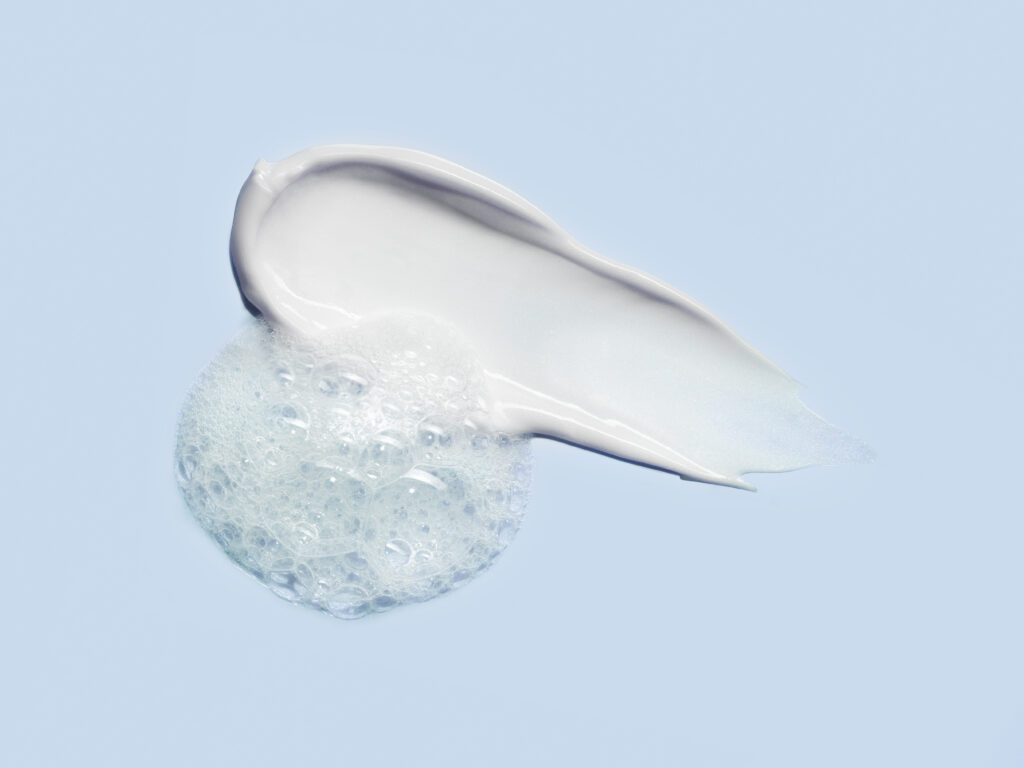Neuro-Aligned Skincare Without the Hype: A Formulator’s Starting Point
Consumers aren’t just asking products to look good under studio lighting; they want skin to feel more at ease in real life. Over the last two years, trade reporting has moved the mind–skin axis from novelty to named trend, with “neuro-beauty/neuroglow” called out as a priority area for brands and R&D. For formulators, that raises a practical question: how do you translate an emotional benefit into a measurable, reproducible product experience that survives contact with sweat, sebum, and time-on-skin? Industry coverage from CosmeticsDesign and others points to two converging forces—demand for mood-aligned claims and scrutiny of how those claims are substantiated. What was once marketing language is now a request for specific endpoints and models that connect biology to perception and wear.
This post unpacks that challenge and proposes a technical pathway using Glyco’Boost, a radiance-forward, comfort-centric concept built around Glycuron™ 2.78 (a marine-biotech exopolysaccharide) and a short-label preservation/sensorial system using AdvensProtect 5 Green (pentylene glycol), AdvensProtect 8 Green (caprylyl glycol), and AdvensProtect 2-EHG Green (ethylhexylglycerin)—all from Seqens Personal Care. The goal is straightforward: a velvet-glow texture that supports the sensation of comfort under everyday stress, with a formulation architecture designed for stability, microbiological safety, and global-forward simplicity.
Stress Biology in Practice: HPA Axis, Barrier Drift, and Sensorial Fallout
Psychological stress is not abstract in cutaneous biology. Reviews and clinical work document that stress hormones activate the hypothalamic–pituitary–adrenal (HPA) axis, elevate local glucocorticoids, and impair the skin barrier. That cascade correlates with dryness, disruption of cohesion, and heightened reactivity—conditions that make a luminous finish feel tight or prickly rather than comfortable. Importantly, this isn’t limited to severe disease; moderate daily stress can shift redox balance and barrier behavior in measurable ways. For a lab team, that’s a mandate to design stressed-skin models and readouts that are relevant to normal consumers.
The second challenge is selecting biomarkers that connect plausibly to “comfort.” Here, cutaneous neurobiology is useful, not because it’s fashionable, but because the epidermis is innervated and keratinocytes participate in neuro-signaling. Human keratinocytes express μ-opioid receptors (MOR) at mRNA and protein levels, respond to endogenous peptides, and influence migration and repair. In parallel, neuron–keratinocyte interactions and neurite outgrowth can be quantified in co-culture or organoid systems, creating handles for “neurite integrity” under stressors. These are concrete, non-cosmetic endpoints that help translate the mind–skin narrative into a set of assays a technical buyer can respect.
Finally, even the best biological story fails if the finish doesn’t wear. “Glow” formats often carry compromises—tack, migration, microbiological risk in high-water phases, or instability from heat-sensitive actives. The challenge is to engineer a hydrated, cushiony texture that holds its line through humidity and time without leaning on heavy film formers or aggressive preservative loads. That requires careful water-activity management, a sensorial system that delivers slip without greasiness, and boosters that raise preservation efficacy while staying label-conscious. Trade coverage suggests the market is receptive—but also skeptical—so the formulation must demonstrate both sensory quality and robust testing.
Glyco’Boost Architecture: Marine-EPS Hydration Meets Multifunctional Control
Glyco’Boost is built around Glycuron™ 2.78, a high-purity marine exopolysaccharide designed for low-temperature processing. In glow-forward emulsions or gels, marine EPS materials are valued for their ability to structure water, improve hydration, and support a smoother visual texture without the plasticky feel associated with conventional film formers. In a stress-aware brief, that matters because barrier comfort often tracks with water balance and surface regularity: a hydrated, even stratum corneum simply feels better. When combined with a soft-focus pigment or light oil phase, the result is a “velvet highlighter” finish that reads as healthy rather than slick.
The preservation and sensorial backbone relies on Seqens’ AdvensProtect trio. Pentylene glycol (AdvensProtect 5 Green) contributes to humectancy and solvency, supporting clarity and glide. Caprylyl glycol (AdvensProtect 8 Green) adds emolliency and wetting that temper tack while improving the formula’s durability against sweat and sebum. Ethylhexylglycerin (AdvensProtect 2-EHG Green) provides well-documented preservation boosting synergy with common systems, enabling short-INCI approaches that still achieve reproducible microbiological safety. Together, these multifunctionals allow a lean system with fewer discrete additives: fewer inputs, less compatibility risk, more control over feel.
From a workflow standpoint, the system favors low-shear, low-heat incorporation. Keeping addition temperatures modest helps protect texture and color, reduces risk of aeration, and is generally friendlier to sensitive actives and fragrances. That aligns with sustainable operations goals while improving batch-to-batch repeatability. The intent isn’t to avoid polymers or film formers categorically; rather, it’s to let the EPS and multifunctionals carry more of the hydration, glide, and preservation load so you can use structuring aids sparingly and tune sensorials with fine increments.
Model Selection: Cortisol and Cytokine Stressors That Map to Daily Life
To claim “comfort under stress” credibly, start with models and endpoints that journals and review papers recognize. One productive approach is a two-track program:
Where do the ingredients come in? In the aqueous phase, Glycuron™ 2.78 supports hydration and surface uniformity—both visible and tactile. In the sensorial/preservation matrix, AdvensProtect 5 Green moderates tack while assisting solubilization; AdvensProtect 8 Green contributes to cushion and spread with low greasiness; AdvensProtect 2-EHG Green synergizes with the system to maintain microbiological integrity without heavy loads of traditional preservatives. For scale-up, this architecture has practical benefits: short INCI lists, low-temperature processing, and globally familiar components that support compliance planning.
A note on claims discipline: industry coverage has emphasized both the potential of neurocosmetics and the need for robust testing frameworks to avoid overreach. That’s why the biomarker selection above is conservative and drawn from peer-reviewed work in cutaneous neurobiology and stress physiology. It lets you say exactly what you measured—MOR expression under a defined stress condition, neurite integrity in co-culture, renewal markers—without implying therapeutic effects.
From narrative to standard practice
Trade outlets consistently report that neuro-aligned benefits are resonating across categories. But markets move from trend to expectation when the R&D community codifies methods that are reproducible and cost-sensible. By using a marine EPS for hydration/texture and a multifunctional preservation/sensorial trio to keep labels tight, Glyco’Boost shows how to meet that expectation without building an unwieldy system. In practice, this reduces the number of moving parts you must harmonize during stability, microbiology, and compatibility checks. That is not only pragmatic; it’s strategically defensible when buyers ask for clarity on “what does what.”
There’s also a portfolio benefit. The same architecture can be adapted to tints, primers, illuminating moisturizers, or hybrid makeup-skincare. The biology track remains relevant across formats because stress physiology and cutaneous neuro-signaling don’t change when you adjust pigment load or oil phase. What does change are your sensorial targets, and that’s where the multifunctionals are helpful: small level tweaks shift feel and migration without destabilizing the whole system. In other words, once you validate your stress-relevant endpoints and wear testing, you can extend learnings across SKUs with fewer formulation rewrites.
Why Glyco’Boost is a competitive solution
Formulators gain three advantages. First, a credible claims pathway: you can link stress-relevant biomarkers (MOR expression/trafficking, neurite integrity, renewal) to comfort-aligned language grounded in peer-reviewed biology. Second, a lean system that performs: Glycuron™ 2.78 for hydration and surface evenness, plus the AdvensProtect trio for feel and preservation boosting, gives you a radiant finish that holds up under wear without heavy occlusive strategies. Third, operational simplicity: low-temperature processing, familiar materials, and short INCI lists lower risk in scale-up and global rollouts.
This is the point where marketing and science stop working at cross-purposes. You don’t need to promise mood transformation; you need to show that under a defined stress condition, the formula preserves the tactile cues consumers interpret as comfort, and that it does so consistently. The literature provides the biological backbone. The formulation provides the experience.
Build Comfort Under Stress Into Your Definition of Quality
“Comfort under stress” shouldn’t be a slogan. It should be a specification. Glyco’Boost gives you a practical route to that specification: a marine-EPS-centered glow texture that is pleasant to wear, disciplined in preservation, and aligned with biological endpoints that journals actually discuss. Build the beaker story first; the consumer story will follow.
Formulate your comfort-glow prototype with us.
To discuss methods, use levels, and sample support for Glycuron™ 2.78 and the AdvensProtect multifunctionals, contact your Deveraux Specialties representative or submit a request on our website. We’ll help you translate the stress-skin plan into a pilot formula your team can scale.
Resources
- Bigliardi, P. L., Bigliardi-Qi, M., Büchner, S., & Rufli, T. (1998). Expression of μ-opiate receptor in human epidermis and keratinocytes. Journal of Investigative Dermatology, 111(2), 297–301. PubMed. https://pubmed.ncbi.nlm.nih.gov/9699733/
- Bigliardi, P. L., et al. (2015). Activation of the δ-opioid receptor promotes cutaneous wound healing by affecting keratinocyte intercellular adhesion and migration. British Journal of Pharmacology, 172(2), 501–514. BPS Publications. https://bpspubs.onlinelibrary.wiley.com/doi/abs/10.1111/bph.12687
- Choe, S. J., et al. (2018). Psychological stress deteriorates skin barrier function by activating 11β-hydroxysteroid dehydrogenase 1 and the HPA axis. Scientific Reports, 8, 6334. Nature. https://www.nature.com/articles/s41598-018-24653-z
- CosmeticsDesign-Europe. (2024, Feb 19). Psychodermatology & the ‘neuroglow’: Behind the mind–skin axis. CosmeticsDesign-Europe.com. https://www.cosmeticsdesign-europe.com/Article/2024/02/19/Psychodermatology-the-neuroglow-behind-the-mind-skin-axis/
- CosmeticsDesign. (2023, Dec 7). Mintel senior analyst on 2024 global BPC trend report: Key takeaways. CosmeticsDesign.com. https://www.cosmeticsdesign.com/Article/2023/12/07/mintel-senior-analyst-on-2024-global-pbc-trend-report-key-takeaways/
- Leong, C., et al. (2017). Investigating endogenous μ-opioid receptors in human keratinocytes using fluorescent opioid peptides. PLOS ONE, 12(11), e0188607. PLOS. https://journals.plos.org/plosone/article?id=10.1371/journal.pone.0188607
- Pujos, M., et al. (2024). Impact of chronic moderate psychological stress on skin barrier function and redox balance. Antioxidants, 13(7), 655. PubMed Central. https://pmc.ncbi.nlm.nih.gov/articles/PMC11743297/
- Zhang, H., et al. (2024). Role of stress in skin diseases: A neuroendocrine–immune network review. Brain, Behavior, and Immunity, 116, 213–227. ScienceDirect. https://www.sciencedirect.com/science/article/pii/S0889159123003768
- CosmeticsDesign-Asia. (2024, Oct 2). Tremendous potential in neurocosmetics hindered by lack of robust testing methods. CosmeticsDesign-Asia.com. https://www.cosmeticsdesign-asia.com/Article/2024/09/30/Beauty-4.0-Podcast-Tremendous-potential-in-neurocosmetics-hindered-by-lack-of-robust-testing-methods/
- HAPPI. (2025). 8 scientific beauty trends for 2025. HAPPI.COM. https://www.happi.com/exclusives/8-scientific-beauty-trends-for-2025/









